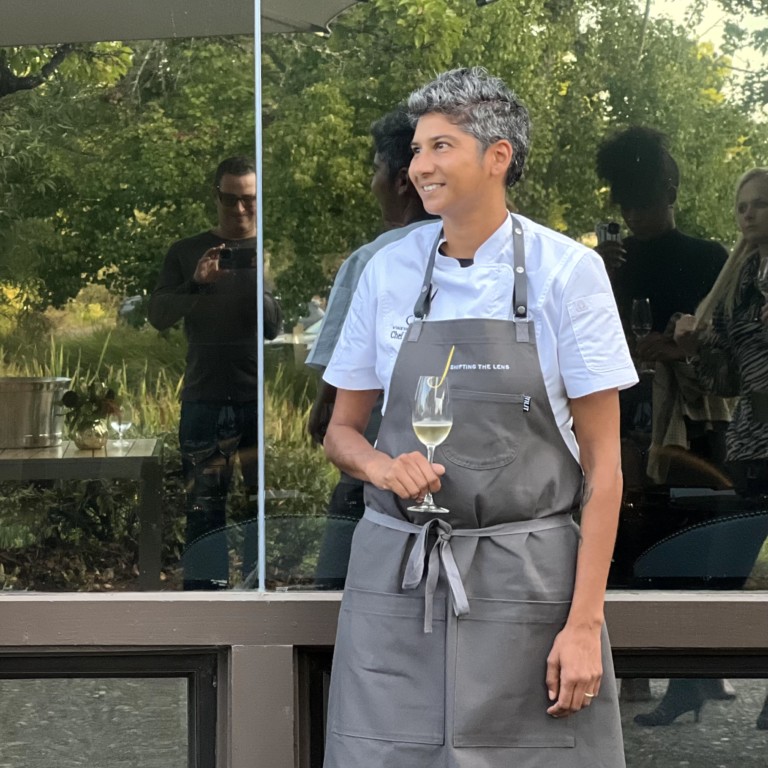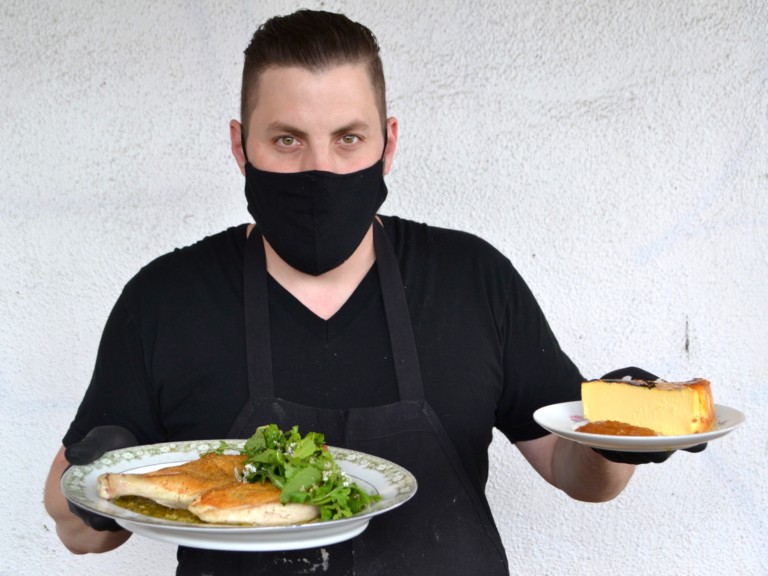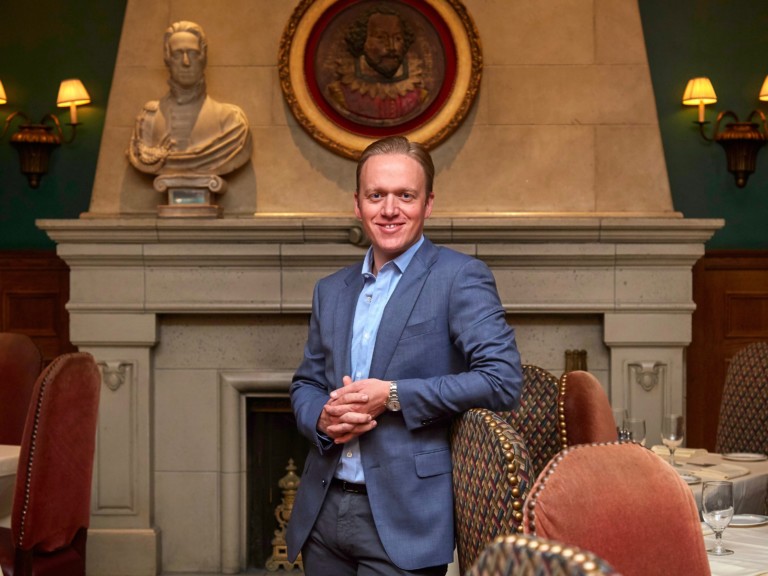INTERVIEW CONTINUED FROM PREVIOUS PAGE
Josh Lurie: What are the biggest challenges about working internationally?
Milo Garcia: The lies…Language barrier, communication of idea, simplicity, transmission of simple practical solutions of things, meeting deadlines. Manufacturing anything, generally, from cars to furniture, is really tricky. So few companies do it now professionally. Look at Apple. Apple found this stuff all out. They assemble by hand, but don’t have any of the supply chain. So I think it’s really, really difficult to do, and do in a sure manner. What’s different about what we do, we work on a contract basis, so it’s not like we have a credit line where we can identify the kinks and the issues and improve upon it. We are developing radically new pieces in a radically short amount of time. So it makes it even more challenging.
JL: What was your first hospitality project, and how did that come about?
MG: The first one was Shutters on the Beach hotel. That was 2006. Somehow, a contact through a contact, asked us to make these pieces for the guest rooms, and the current bid they had was too much, and they couldn’t meet the deadline. We were less expensive, and met the deadline.
JL: What was the first restaurant?
MG: The first restaurant we ever did was Gjelina.
JL: And how did that come about?
MG: Through sitting on a porch and meeting a neighbor, essentially. The current owner and chef had an idea to do a gastropub. We talked about the origin of the gastropub, where they came from, what the first one was, and how to go about doing one in L.A. that was different. The first one being The Cow in Notting Hill, in London, and trying to think about how to do something that had a similar vibe, similar kind of every day ness that The Cow had. The concept was to take the idea of the gastropub. Chefs who couldn’t afford to go into restaurants or basically couldn’t afford to start a restaurant, would go into an average, everyday pub, and start to cook. The idea was to bring the quality of the food up and keep the environment familiar. That’s how essentially gastropubs started. So we tried to do that and do that in L.A. fashion with Gjelina. And I think in some ways it’s successful and in other ways it’s not.
JL: Was that the first project you worked on with David?
MG: We’d done other stuff before, but I think Gjelina was the first time we actually sat down and sort of brainstormed together. The owner had tried someone else and it just didn’t work with what they had. It was too obvious. It had that very New York wannabe iconic thing about it, and it didn’t work, so David came along and introduced a kind of elegance and humbleness to it, which I think was exactly what the space was doing…The way David works, he comes across things and comes about things… “Gjelina’s a gastropub. Therefore, the branding should look like this.” David comes about it a different way and twists it, so that when you see it from an outside perspective, you see what the place looks like, the interior’s slightly altered, slightly changed, shifted. We like that when you go through the space, together, the space changes as well.
JL: From that point forward, you expanded your working relationship?
MG: 100%. I think from that point forward, we took on certain ideas about Gjelina, certain ideas about what a restaurant should be as a brand. We started to redefine how we work and how we think about things. So that it’s to the point now where we sit down and talk about restaurants, we talk about them being a brand.
DI: It’s hard to find someone that you fit really well with and not kill each other. When we met, it just felt nice. It didn’t feel like I was angry, mad. It felt like it was an honest relationship. All in all, that’s the most important thing for a design team or a group. The most important thing is that we’re honest with each other, and that we respect each other. If you don’t, that’s when all hell breaks loose. We’ve seen it in design firms.
JJL: How has the relationship evolved between the three of you over the last four years?
MG/DI: Stronger.
MG: Much stronger. We have no ego about what we do. What we do is very hard. There’s a great quote by Michael Stipe from R.E.M., who says, “Writing good songs continuously is fucking hard.” Doing good design for restaurants, and branding, is very, very hard to get it right and to do things that are unexpected. Having ego just makes it more difficult than it needs to be, so we’re very particularly about who we hire and how we hire them. We interview people multiple times. Literally over three months sometimes. We don’t want ego. It’s literally about, let’s get the job done. Let’s have some fun doing this. And let’s make it the best it can possibly be, and have it fit into the aesthetic of the studio.
DI: The design firms we’ve [worked for] have these formulas. Almost every restaurant has something similar to it. There’s no stepping back and saying, “This is a different project. You have to think differently. You have to put different things into it.” I think that’s the difference between us and other firms, because we care way too much, but I think that’s a good trait. We’re finding that’s a great trait, because people are responding to it. It’s more human. Not everyone’s perfect all the time, and you’re not going to solve it right away. We’re not machines, so sometimes we’ll hit it and sometimes it takes a little effort to get to that point, but at least it’s genuine, whereas these places will force something into this narrow hole. That’s not what we’re about. We want to make sure every project gets the right attention.
JL: With all these projects going on, how is it you’re able to find balance and prioritize?
MG: We’re trying to make sure that we don’t get too corporate, or too formulaic. How do we go about doing that? A) we’re not taking any more projects on for the next 12 months. B) we are hiring more staff who we feel can make the company grow. I think we’re very conscious of that fact, and we want to make it fun, and we want to make it fluid. Not in a Google let’s be crazy and jump up and down and have weird little snacks for lunch way, more in just in hiring people who are really passionate about what they do, really passionate about design and branding.
DI: I think our ultimate goal is to have a number of our own restaurants, and maybe even a hotel, eventually sitting in the bar altogether and just having a drink, and being friends. At the end of the day, that’s what’s important for me, and I think for Milo and everybody else at this company. What’s outside of work. If we have to work really hard now and get to that point later on, great. We’ll sacrifice.
MG: And everything we do is collaboration. Employees come up with ideas. It’s, “What do you think about this?” Let’s ask a question. Let’s pose an answer. Don’t be restricted. Go crazy. Have some fun. If you want a monkey hanging down from the roof, let’s consider it. Everything’s a possibility. Everything’s up for grabs at the initial stage. Why? Because the studio’s going to grow if everyone thinks like that, and that’s crucial. It’s not about me, it’s not about David, it’s not about Crystal. It’s about everyone else in the studio. We’re very cognitive of that fact, and we work very hard as a team to make that happen. That is in terms of the manufacturing aspect, and that is in terms of the design aspect. You can’t manufacture 9,000 pieces of furniture if you’re not tightly woven.
JL: Who’s the last person that you hired, and why did you end up going with them?
MG: The last person that we hired was Nomi. She is from New York and she worked at a bunch of different firms. She’s Japanese. She came to us with a different aesthetic sense than we were used to, and different ways of seeing certain things. She’s very quiet about her opinions, but had a very positive influence on this studio. She brought something we didn’t have, and I think we look at that. She’s the last person that we hired, and we have a new person starting next week. She is a product designer who graduated from ArtCenter. We brought him on board to help us with the manufacturing side, but also to help the current product designer.









Leave a Comment